 |
Victor Wondermega \ JVC X'Eye
| Type |
Console |
Developer |
Victor \ JVC, Sega |
| Release Date |
1992-Apr-01 |
Region(s) |
Japan, North America |
| Initial Price |
$699 USD |
Games Released |
1135+ (Sega Genesis + Sega CD) |
|
 |
 DW FACTS DW FACTS
by Dark Watcher |
Victor Company of Japan had helped Sega by delivering the most advanced sound made by a gaming console. A wider range of sounds not only gave the CD games
more of an impact, but it was better then most audio CD players at the time. In return for their work, Sega gave them OK to
create the Wondermega, a system could play both Sega Genesis carts and Sega CD games in a single unit.
The Victor Wondermega (model RG-M1) was released in Japan on April 1, 1992. At a debut price of 82,800 yen, the Wondermega was a
costly version of something you could buy much cheaper by getting a Genesis and Sega CD separately. So why the heck was this
machine built?
With the higher price tag came some very nice additional features. Not only could you play your Sega Genesis and Sega CD games from a single unit,
but you could play your games with better video and sound. Upgraded audio components such as a Digital Signal Processor and bass
enhancer improved music clarity and explosive effects on Sega CD games. Victor also added Super VHS output that would provide a much improved display then other standards of its time. Numerous Karaoke
features (popular in Japan) and MIDI (Musical Instrument Digital Interface) output allowed the system to utilize a
keyboard add-on called "Piano Player". |

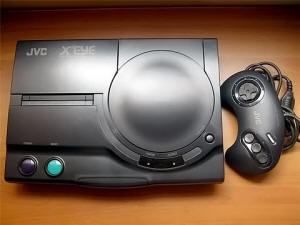 |
The Wondermega came with a compilation CD containing four games (Flicky, Pyramid Magic, Paddle Fighter and Quiz Scramble). It also
came with Karaoke software that took advantage of the Sega CD CD+G capabilities.
In August of 1993, Victor released a cheaper scaled down version of Wondermega (model RG-M2). The new model removed the motorized CD tray
and the easily accessible Karaoke buttons. The redesign also stripped away the SVHS and MIDI outputs, but it sold for a cheaper
59,000 yen. The new design did come with a 6-button controller infrared wireless controller though. The redesigned model would make it
to America in September of 1994 under the name JVC X'Eye.
The JVC X'Eye sold in the US for $499 USD. The console came with the Sega CD game Prize Fighter, Compton's Interactive Encyclopedia
and a Karaoke CD. It did not have the wireless controllers.
Unfortunately the CDX, Sega's much smaller and cheaper Sega CD/Genesis combination system, had been released in the US just 5 months earlier. With the combined unit no longer being a novelty, as well as its higher price tag, the JVC X'Eye fell out of the public view.
FACT: Sega saw that JVC had a good concept. So they put out their own Sega Wondermega-S. It was virtually the same as JVC's RG-M1, but
sold for a slightly cheaper 79,800 Yen. |
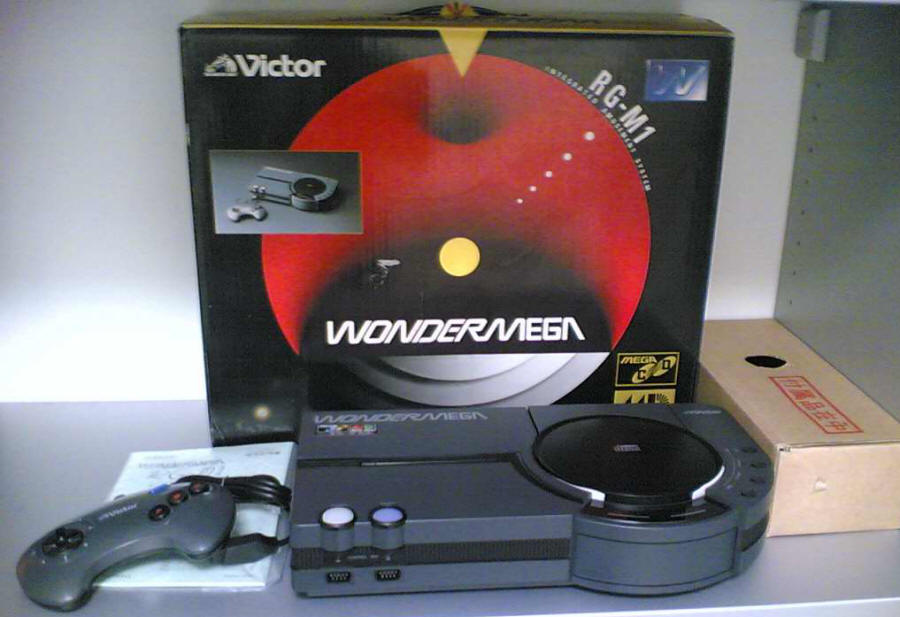
Image courtesy of
www.federico.biz and
www.gamescollection.it
|
 MODELS MODELS
Officially licensed releases |
Victor Wondermega RG-M1 \ Sega Wondermega
These two first run units are identical, with the exception of branding. These consoles are rather special since they include a
MIDI jack, two (2) microphone jacks, DSP audio enhancements and a motorized CD disc tray (all of which were removed in later
releases).
|
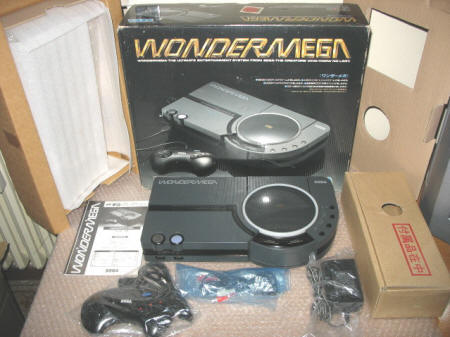 |
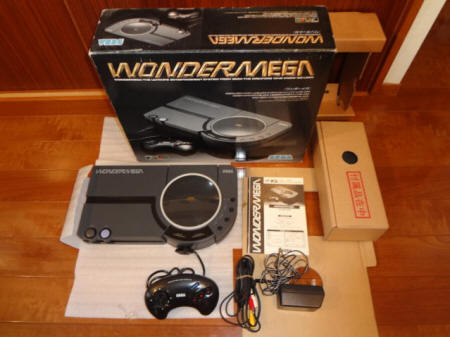 |
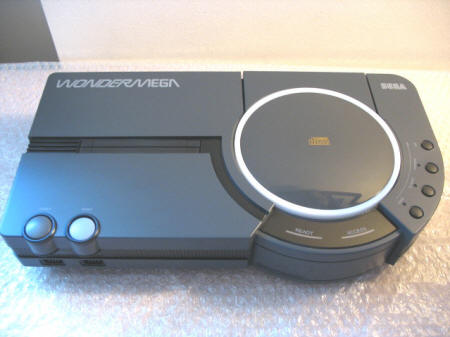 |
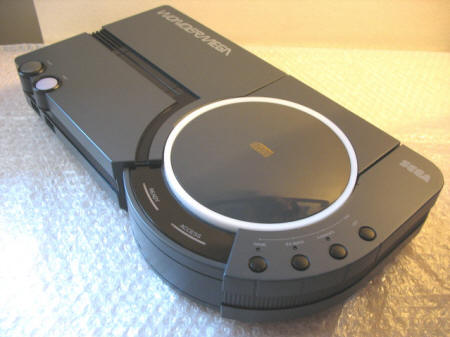 |
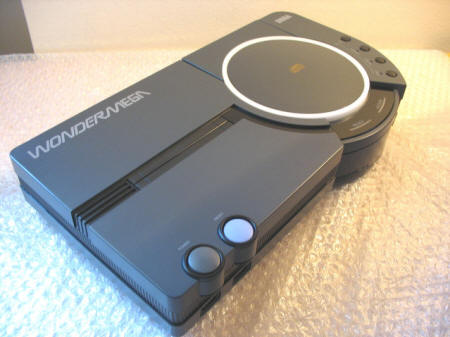 |
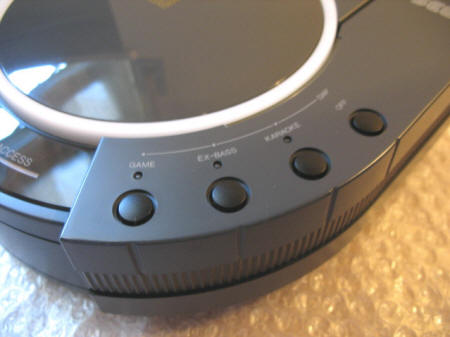 |
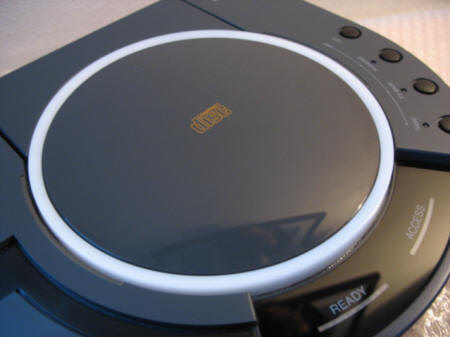 |
 |
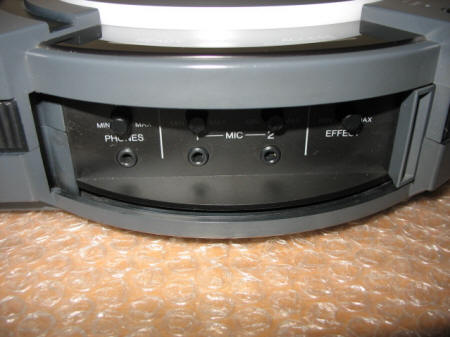 |
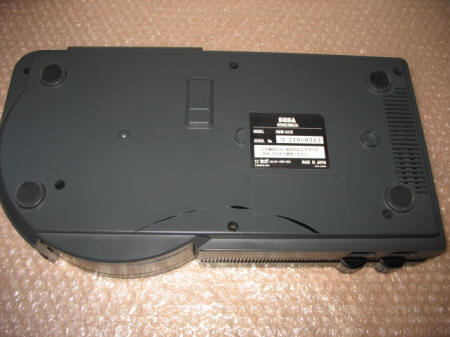 |
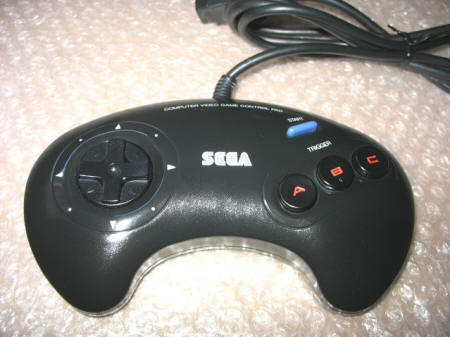 |
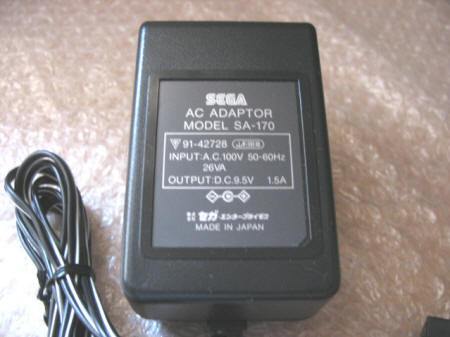 |
|
Victor Wondermega RG-M2 \ JVC X'Eye
Like the first two releases of the Wondermega, these models are nearly identical. The Victor RG-M2 features infrared
wireless controllers as a standard, but still kept the two wired controller ports (moved to the back of the unit). A
6-button control pad was also included. The JVC X'Eye was the North American release of the RG-M2. It lacked S-Video
output and came with standard wired controllers. |
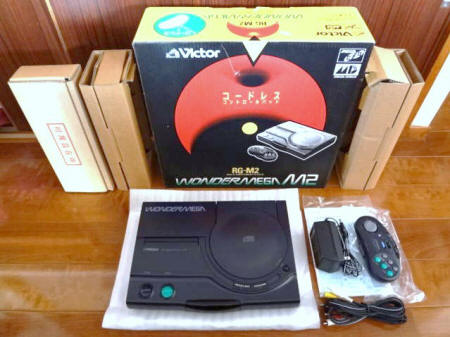 |
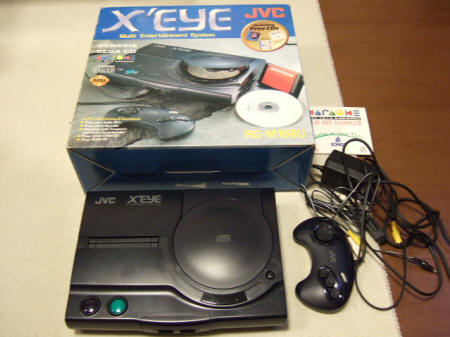 |
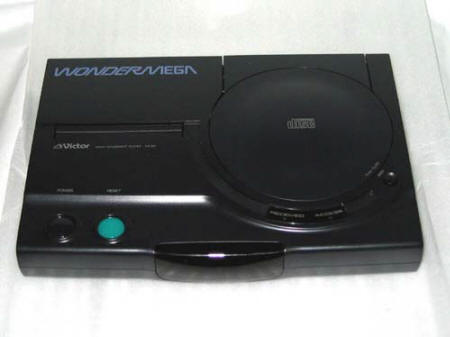 |
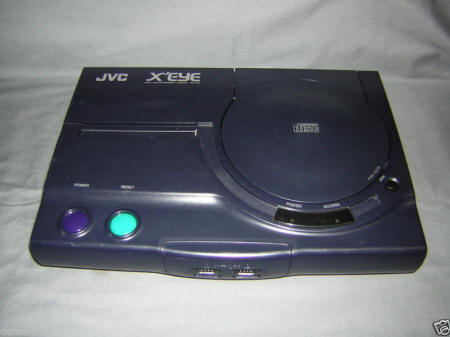
|
|
|
 CLONES CLONES
Non-licensed hardware releases |
No clones were released for this system.
|
 CONSOLE RATINGS CONSOLE RATINGS
by 98PaceCar |
|
Consoles are rated based upon the available technology at the time of its release. A 10 point scale is utilized, with 10 being
excellent. |


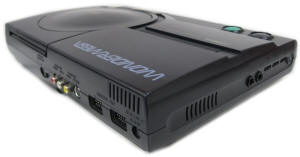
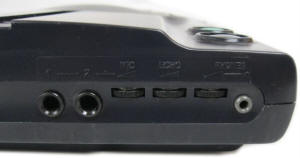
|
| CRITERIA |
RATING |
NOTES & COMMENTS |
| Console Design |
05 |
Another in the line of
combined cart and CD consoles, the X'Eye is relatively bland. The Wondermega, however, has a bit of an industrial
feel that helps it to stand out among the consoles of the day. |
| Console Durability |
06 |
The X'Eye \ Wondermega seem
to be sturdy consoles with only CD drive issues being prevalent. It can be tough to find the correct AC adaptor
though, so be aware when searching for the console. |
| Controllers |
08 |
The X'Eye used Genesis
controllers that were rebranded, so no reason to seek them out unless you are a collector. They work well and seem
to hold up to abuse. |
| Graphics |
07 |
One of the benefits to the
XEye/Wondermega was built in super video outputs which gave a clearer screen without needing to mod your console. |
| Audio |
08 |
Another place the X'Eye \
Wondermega had an advance was better sound processing hardware which resulted in better sound than the normal Genesis \
Sega CD combo. |
| Media |
06 |
Outside of a few Tengen
releases, the Genesis cartridge seems to be sturdy. Sega CD games are just normal CD Roms of the day, but some
speculation exists that they are prone to bit rot. I haven't seen this, but know of people that have. |
| Game Library |
08 |
The Genesis \ Sega CD combo
features a lot of timeless games as well as a number of FMV games. Overall though, the library is solid. |
| Gamer Value |
06 |
The X'Eye \ Wondermega
solves the eternal problem of having multiple AC adaptors and cables on the normal Genesis/Sega CD combo. This alone
makes it a great console for gamers, even with the slightly higher price than the base consoles. |
| Collector Value |
08 |
None of the X'Eye \
Wondermega line seems to come up very often making them must own for the hardware fanatic. The X'Eye is seen
slightly more than the Wondermega, but I suspect that is largely regional rarity at work. |
|
 SPECS & MANUALS SPECS & MANUALS
For the hardware enthusiasts out there - all the detail you\we love. |
| Processor Type |
Processor
Speed |
Other
Processor Information |
RAM \ Video RAM |
Motorola 68000
Motorola 68000
Zilog Z80A Co-processor |
12.5 MHz
7.67 MHz
3.58 MHz |
Custom ASIC VDP |
6 MB (CD-ROM buffer)
512 KB (PCM waveform)
128 KB (CD-ROM Data Cache)
|
|
Screen Resolution
|
Color Palette
|
Polygons \ Sprites
|
Audio |
| 320x244 (max) |
512 colors (64 on screen) |
80 sprites (2
backgrounds) |
PCM (Stereo 8 channel,
Mono 1 channel), FM (Stereo 6 channel), PSG (3 sounds, 1 noise) |
|
Media Format
|
Media Capacity
|
Games Released
|
Other Supported Formats
|
|
Cartridge \ CD-ROM (1x) |
32 MB \ 500 MB |
Compatible with 1135+ (Sega Genesis + Sega CD) |
Audio CD (CD-DA), Karaoke
CD (CD+G) |
|
Internal Storage
|
External \ Removable Storage
|
Game Controllers
|
Other Game \ Peripheral Devices
|
64 KB RAM (for game saves)
1 Mb ROM (CD BIOS) |
None |
D-Pad, 3 action buttons,
Start button |
None |
| Controller Ports |
Network Ports |
Other Ports
|
Audio \ Video
|
|
Two (2) |
None |
Headphone mini-jack,
Microphone jack, Volume slider |
RF, Composite, S-Video (Sega and
Victor models only) |
|
Power Supply - External
|
Other Outputs
|
Other Details \ Notes
|
Input: AC 120V, 60 Hz
Output: DC 9.5V, 1.5A |
A\V Out (9-pin) |
The above
specs are for the JVC X'Eye (which doesn't include the MIDI I\O port, DSP or wireless controllers). |
| Manuals |
|
JVC X'Eye Owners Manual (PDF) - 3.62 MB |
|
 OTHER
MEDIA OTHER
MEDIA
Peripherals, Promotions, Commercials, Brochures, Etc. |
|
Wondermega \ X'Eye Startup Screens & Television Commercial |
|
|
|
|
 WEB RESOURCES WEB RESOURCES
Highly recommended websites for this system |
Games Grail
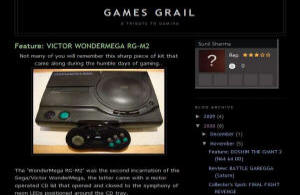
Nice article on the Wondermega RG-M2
|
Sega Retro

Excellent wiki-style site for Sega consoles |
MUD's Page
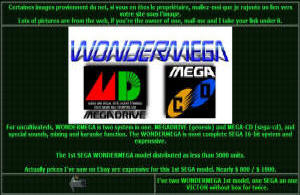
Fan page of the various models |
|








 2010s - NOTES
2010s - NOTES


 MODELS
MODELS















 CLONES
CLONES CONSOLE RATINGS
CONSOLE RATINGS



 SPECS & MANUALS
SPECS & MANUALS OTHER
MEDIA
OTHER
MEDIA WEB RESOURCES
WEB RESOURCES


 DISCUSS
DISCUSS